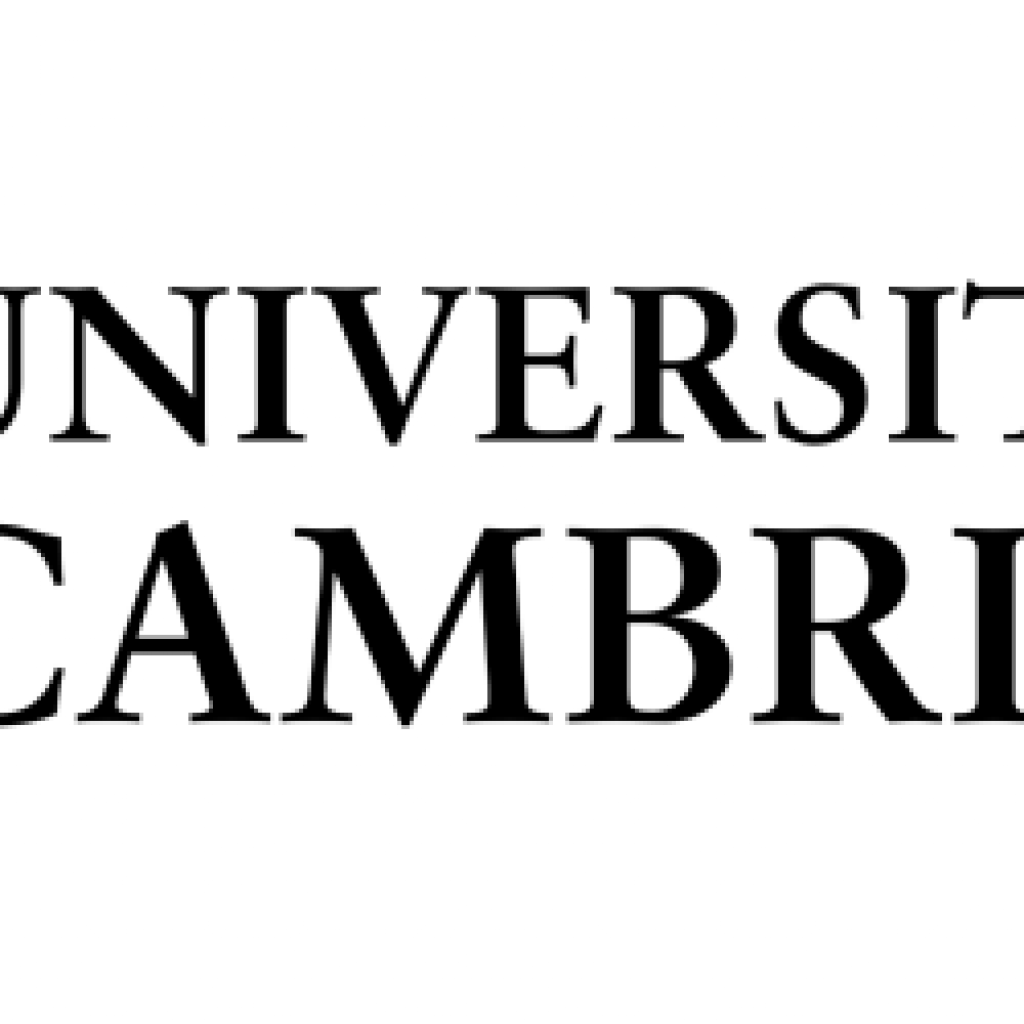(ZDNet) Researchers, from the University of Cambridge’s Cavendish Laboratory designed a method to better control the behavior of a cloud of atomic nuclei in which they had injected a single particle encoded with quantum information, also called a quantum bit. This comes with a noise problem: with every nuclei spinning in a different direction within the cloud, it is near-impossible to identify the particle carrying information.
Using laser beams and a single electron, however, the physicists were able to control the spins of the nuclei, restore some order in the cloud, and as a result, detect the existence of the quantum information much easier.
With this new technique, the scientists were able to detect the existence of quantum information as a “flipped quantum bit”, with levels of precision that were high enough to see a single qubit flip in the cloud of nuclei. Now that they have harnessed the potential to control the cloud of nuclei, the researchers said that the next step will be to demonstrate the actual storage and retrieval of a qubit from a quantum dot.
The quantum technology field is concerned with developing ways to send and receive quantum information in the form of qubits. The idea is at the heart of the quantum internet, a project pursued by many countries around the world, which seeks to create a network that will let quantum devices exchange quantum information.
It is one thing to use a quantum dot to store quantum information, but it is another to then find and retrieve the data – and this is where the noisy, messy spin of the atomic nuclei is problematic.
“The solution (…) is to store the fragile quantum information by hiding it in the cloud of 100,000 atomic nuclei that each quantum dot contains, like a needle in a haystack,” said Mete Atatüre, professor at Cambridge’s Cavendish Laboratory, who led the research. “But if we try to communicate with these nuclei like we communicate with bits, they tend to ‘flip’ randomly, creating a noisy system.”
Quantum Breakthrough Uses Lasers to Find Data in a Giant Cloud of Atomic Nuclei with Particle Encoded with Quantum Information
